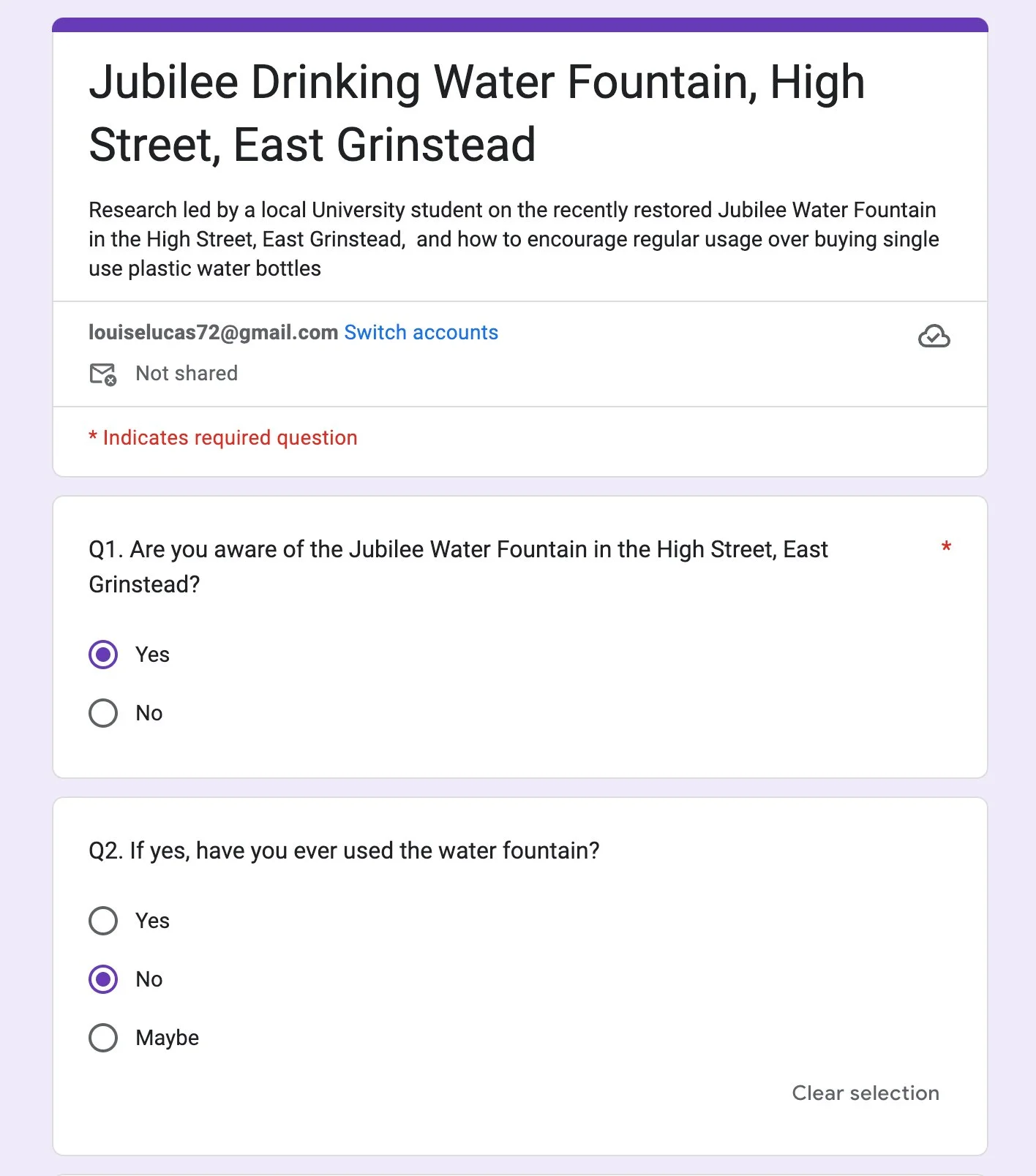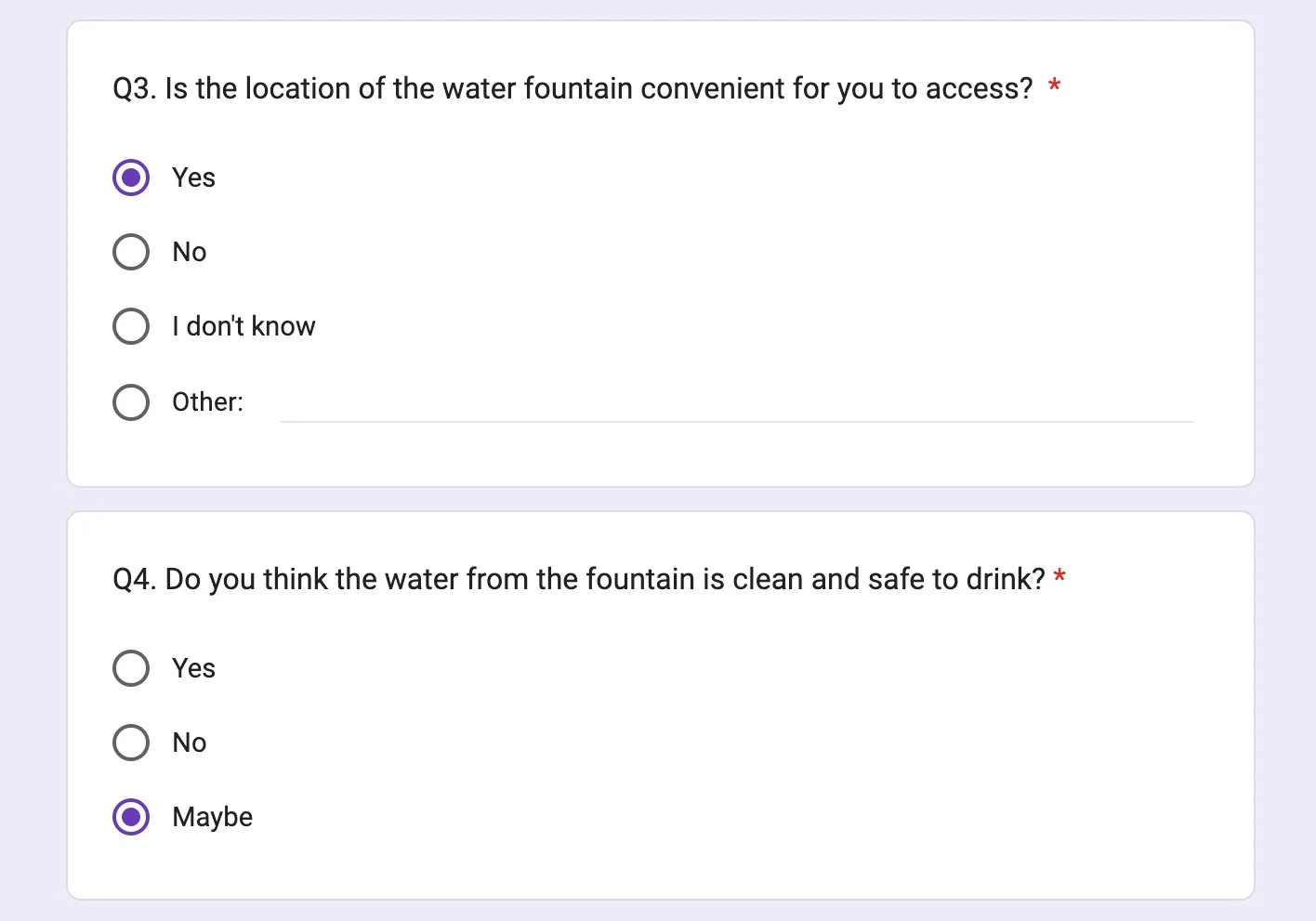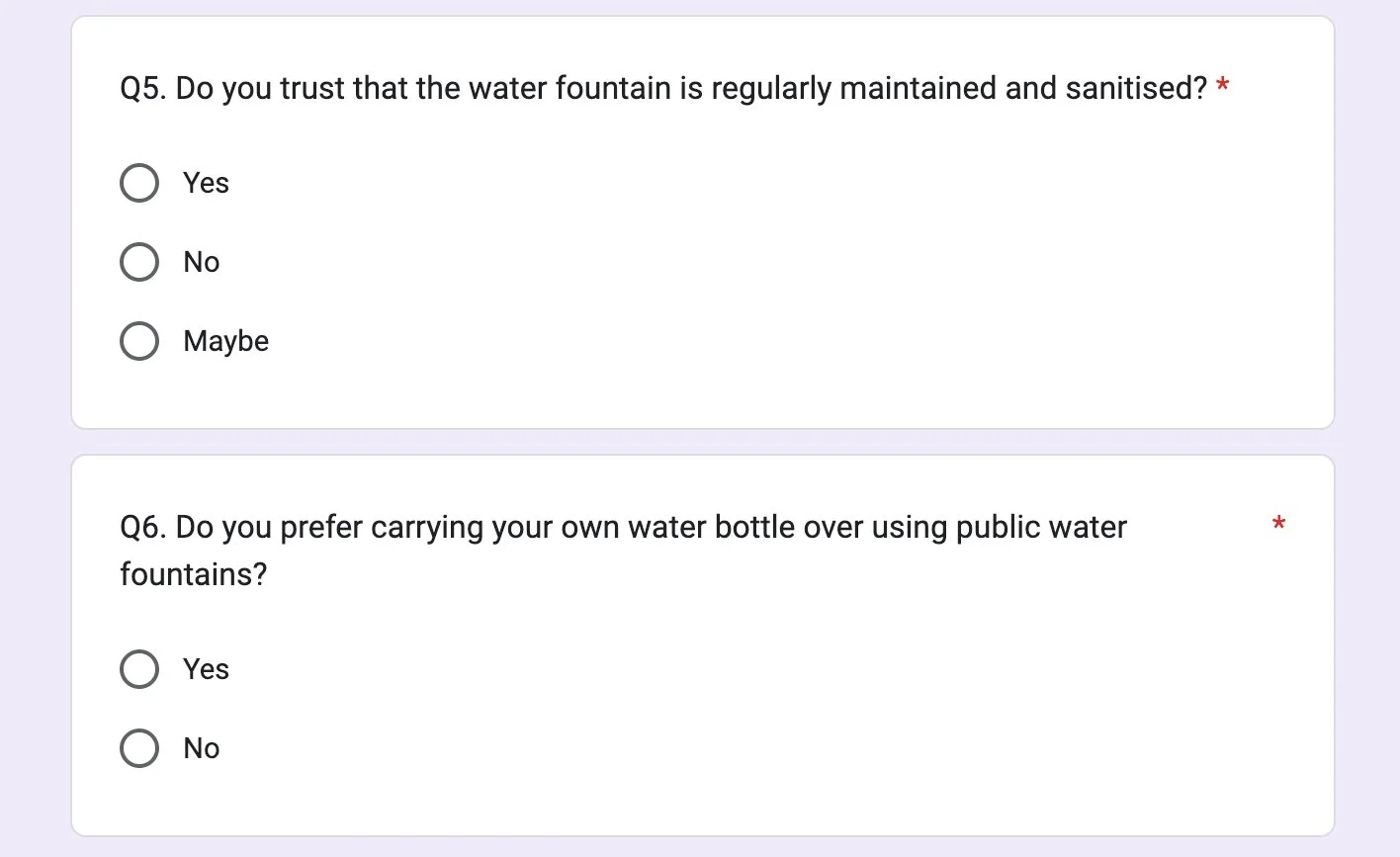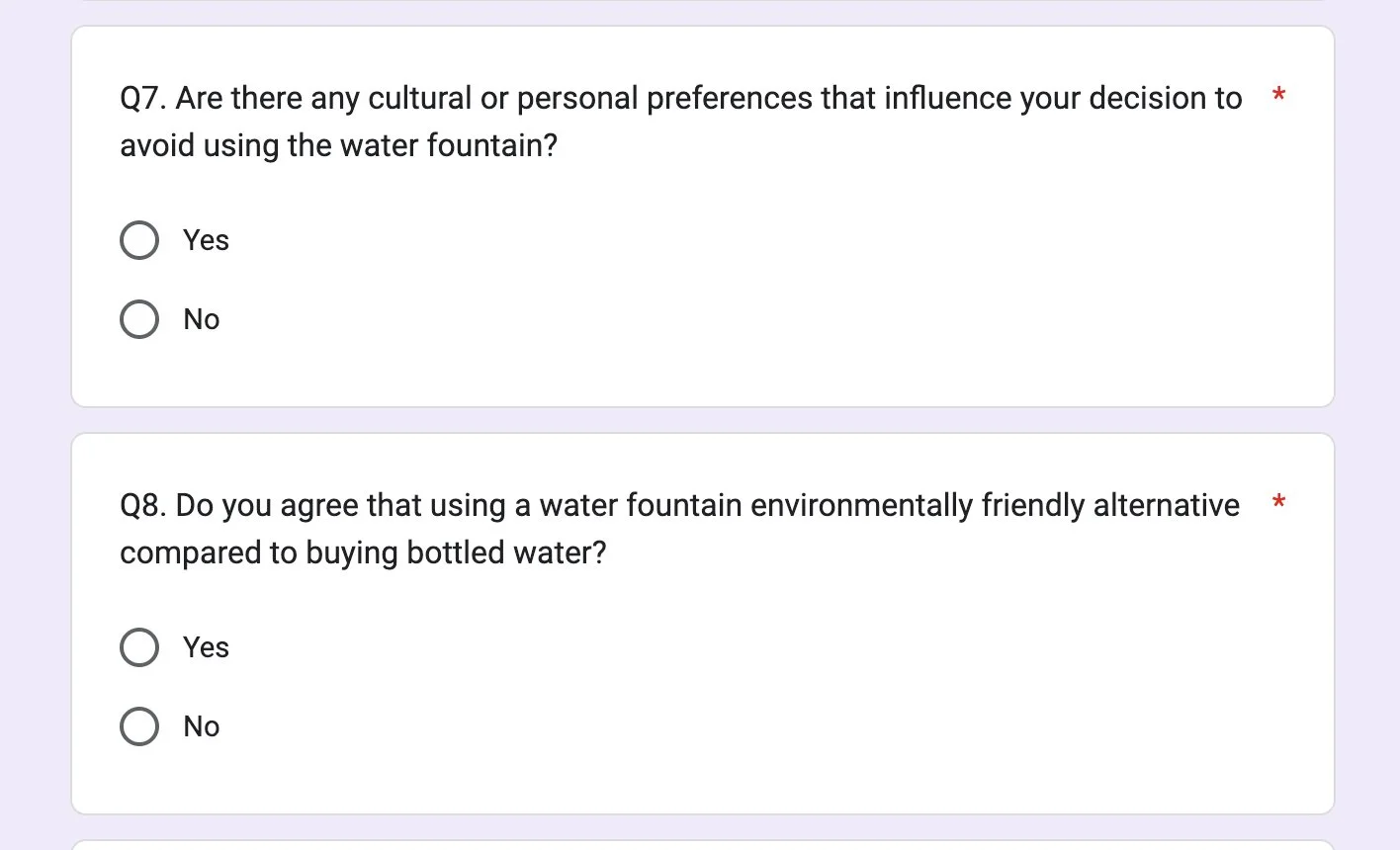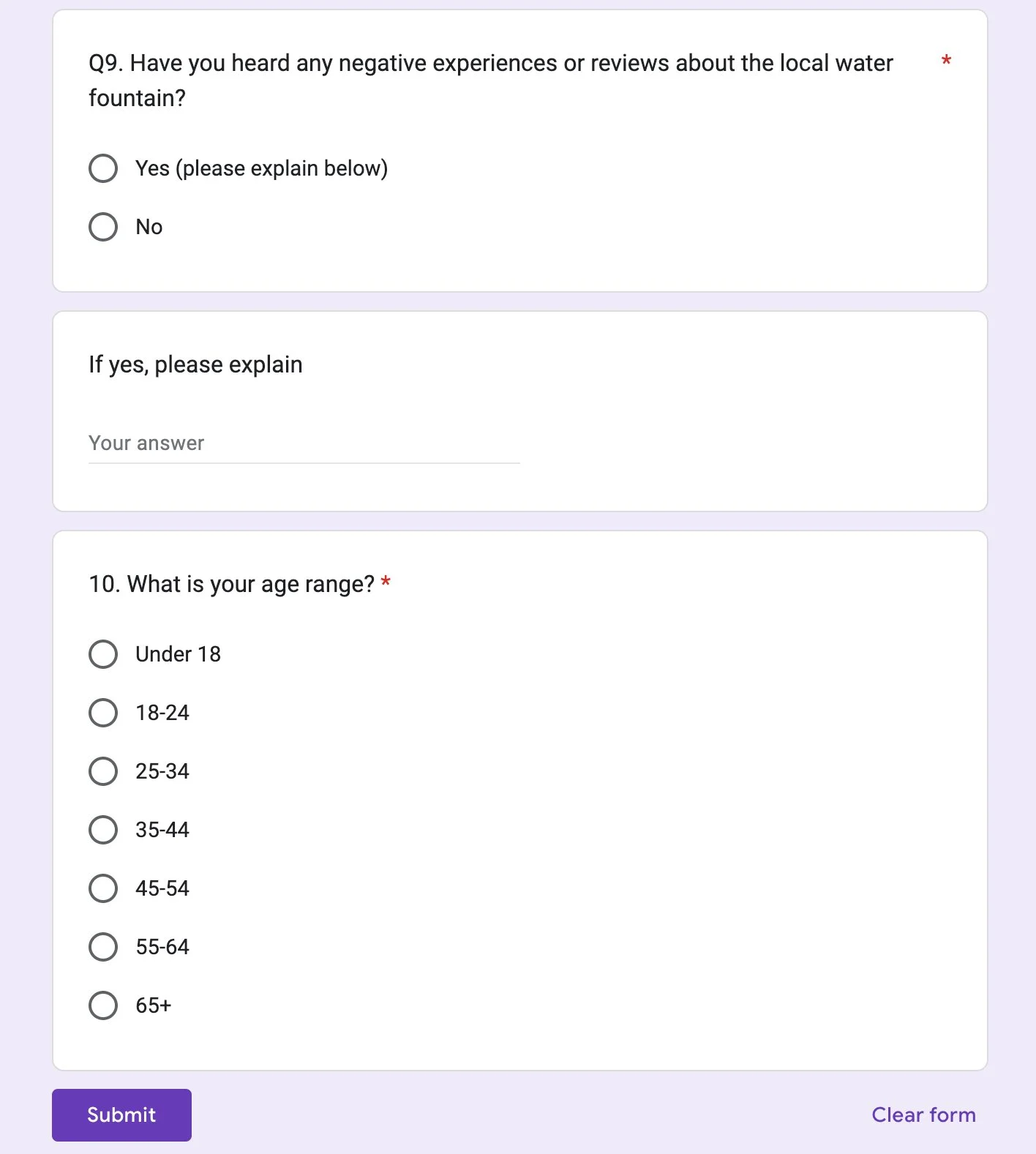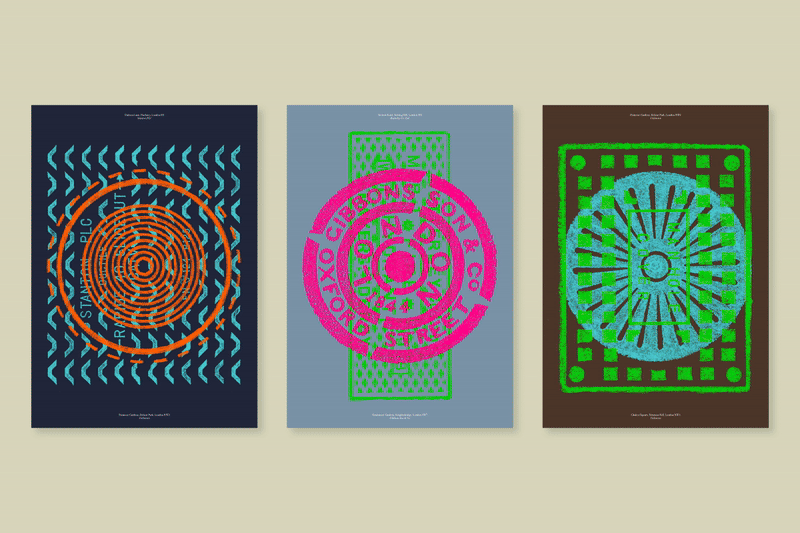Phase 02 - Week 08
Research Journal
I will be working towards achieving the following learning outcomes detailed in my assignments tab including:
LO2: Contextualise - Appraise the social, political and historical contexts in which design practice operates.
LO3: Analyse - Evaluate research findings and use sound judgement that is informed by critical debate at the forefront of the academic discipline.
LO5: Imagine - Deliver appropriate and innovative ideas that embrace risk, have contemporary relevance and question the boundaries of the discipline.
LO6: Make - Select and utilise relevant tools, skills and technologies in the delivery, iteration and sustainable production of an outcome.
LO8: Design - Realise a final solution that evidences its strategic journey and clear relationship between form and function.
LO9: Communicate - Communicate effectively in a range of contexts and situations to specialist and non-specialist audiences.
LO10: Manage - Demonstrate applied planning and organisational skills to support self-directed project work and inform ongoing professional development needs.
Phase 02/Wk 08: Define, Test + Prepare
Project Recap - Weeks 7 - 8
Last week:
I found out who was responsible for the Jubilee Fountain - Restoring it and maintaining it
I ran a SWOT Analysis on the Jubilee Fountain
This week:
I’ll look into more detail about my target audience - look at Ordnance survey reports, any data available from EGTC
I’ll research design and art initiatives within communities
I’ll attend Dan’s Tutorial - Addressed our Research proposals and what we need to produce
Office for the National Statisics (ONS)
Synopsis of East Grinstead based on ONS Report
According to the Office for National Statistics (ONS), my hometown, East Grinstead, in the Mid Sussex district and is marked by ‘favourable health and well-being metrics’. I was mostly interested in the key indicators that provide insights into various aspects of life in this community and highlight its overall quality of life.
Health Indicators:
The residents of East Grinstead enjoy generally positive health outcomes. Rates of chronic conditions like diabetes and obesity are lower than the national average, suggesting a healthier population. Life expectancy in the town is notably higher, reflecting good healthcare services and healthy living conditions.
Wellbeing:
Personal well-being measures, such as life satisfaction, happiness, and anxiety, are positive among East Grinstead residents. The community benefits from local amenities and services that support mental and physical health, contributing to an overall sense of well-being.
Lifestyle and environment:
East Grinstead offers a pleasant living environment with ample parks and trails (Worth Way) and green spaces that promote physical activity. The town’s recreational facilities (Health clubs, cycling and running clubs) and community events (East Court Live, regular High Street events) encourage an active and socially connected lifestyle, positively impacting residents' health and happiness.
Socio-economic factors:
The town enjoys low unemployment rates and higher than average income levels, which are key determinants of health and wellbeing. Perhaps its positioning in the South East of the country would be beneficial - Gatwick Airport, Brighton, is an hour from London. Educational attainment is high, with many residents holding advanced qualifications, leading to better job opportunities and economic stability.
Healthcare access:
Access to healthcare in East Grinstead is generally robust, with a good ratio of healthcare providers to residents. The presence of well-regarded hospitals (both locally and further afield) and clinics ensures high-quality medical care. Effective preventive health measures and community health programmes further support the population’s health.
Indicators - Happiness and wellbeing
These made me smile the most. Although the data pin generally pointed to Mid Sussex, it’s a nice place to live. These indicators showed on average the community was a happy one! This fills me with confidence to conduct further surveys.
Why does Mid-Sussex have the feel good factor about it?
While investigating the indicators for Mid Sussex, I found it rated incredibly high on the Life Satisfaction.
These Bar charts are based on the average rating of life satisfaction (0 = 'not at all satisfied', 10 = 'completely satisfied') for people aged 16 and over in 2022-23.
Definition: This indicator shows the average rating of those that felt happy yesterday (where 0 is 'not at all happy' and 10 is 'completely happy'), for adults aged 16 years and over, in the UK, for periods 04/2011-03/2012 to 04/2022-03/2023.
Local statistics and the 2021 Census
Population and Demographics
East Grinstead, located in the Mid Sussex district of West Sussex, has various notable statistics from the 2021 Census and other data sources provided by the Office for National Statistics (ONS). As of the 2021 Census, East Grinstead has a population of approximately 28,000 residents. The town shows a balanced age distribution, with a significant proportion of the population being working-age adults.
I found this website incredibly helpful when I was using it it Module GDE 720 earlier this year. See my research here.
Sending out surveys to discover the problem
Having previously used SurveyMonkey to create and analyse insights from my local area, I realised it was somewhat limited as you could only create ten ‘yes or no’ questions and only view results from 25 answers.
This time I created a survey on Google Docs, so I realised if I wanted a larger audience, I would have to cast the net a bit wider. I started by sending the link to local friends and family via whats app/email but quickly realised this would take forever, so put it on my Facebook page targeting only those in my area.
After getting 53 answers from my Facebook page I realised I needed more answers for a more detailed response. So decided to put this out to a larger audience.
Designing Responsibly
I have touched on this in previous modules, so I was determined to find a new or updated source on how, as Graphic Designers, we can be responsible and influence the work and products we produce and I found this great website which has further areas for more detailed research when resourcing material.
These include:
A Better Source - A ‘planet friendly’ directory created to help designers and small businesses produce more responsibly. With an emphasis on finding sustainable materials, so finding environmentally conscious alternatives can be much easier. The resources section of this packaging-focused toolkit has some great guides on paper, custom packaging, and swag. By educating myself and finding responsible alternatives, I can give more sustainable options when sourcing materials.
These are my key areas to consider when I’m designing
Materials Print - Choose sustainable papers, inks, and packaging.
End-of-Life design Plastics - Ensure products are recyclable or compostable.
Digital alternatives App and virtual - Opt for digital swag and reduce physical collateral
Content influence: Create designs that promote sustainable behaviours
Website: https://abettersource.org/
Example: The directory shows great examples of companies that have rethought their product lifecycle
Patagonia - Market leaders in Sustainability
Patagonia is known for its strong environmental stance and commitment to sustainability. The company emphasises the importance of producing durable, high-quality goods. To encourage customers to reduce waste, Patagonia offers a worn-wear service where customers can send their gear for repair instead of discarding it.
This initiative helps extend the life of their products and minimises the environmental impact associated with manufacturing new items. Patagonia's message is clear: "Drop it in the mail, not in a landfill."
https://www.ellenmacarthurfoundation.org/topics/circular-design/overview
Thoughts - practice what I preach
Although I haven’t concluded my end creative solution, it has made me realise that I need to consider what products to use if I want to promote sustainability.
Street art - Marina Willer transforms London’s manhole covers into works of art
Whilst looking at how I could appeal a Victorian style drinking fountain to a much younger target audience who may have no interest in the connection, I discovered this great article in Creative Bloq.
Marina Willer - Overlooked 2.0
Using neon colours and bold compositions, this series reimagines these overlooked urban elements. Inspired by 19th-century rubbings, the designs are hand-screen printed on vibrant coloured backgrounds with fluorescent inks
Overlooked 2.0 is an innovative art project (on Kickstarter) that reimagines urban infrastructure's mundane and overlooked elements, specifically London’s manhole covers, by transforming them into vibrant street art pieces. This initiative aims to blend banal industrial design that is often overlooked with a creative impression, creating a unique urban print that highlights the potential beauty in everyday objects.
The project infuses these utilitarian items with neon compositions, bringing neon colour and creativity to the streets. The bright, vivid colours and the contrast against the typically grey urban landscape help to turn these covers into unexpected art installations.
I wondered if this could appeal to a younger target audience. For Gen Z, this project holds particular appeal for several reasons:
Aesthetic and Visual Appeal: Gen Z is known for its appreciation of bold and visually striking art forms. The neon colours used in Overlooked 2.0 resonate with digital and social media culture, where bright, eye-catching visuals dominate platforms like Instagram and TikTok. The project’s aesthetic aligns well with the visual preferences of this generation, who often seek out and share unique and colourful experiences.
Urban Culture and Street Art: Street art has always been a significant part of urban culture, and it resonates strongly with Gen Z, who often view cities as canvases for creative expression, often on a large scale. Projects like Overlooked 2.0 allow it to be made accessible.
Sustainability and Reuse: Gen Z is highly conscious of sustainability and environmental issues. This approach of beautifying existing urban elements instead of creating new installations aligns with the values of reuse and sustainability. It’s a great creative way to enhance the urban environment without adding new material footprints.
Cultural Commentary: This project subtly comments on what is considered worth noticing in our urban environments. By highlighting something as overlooked as a manhole cover, it challenges viewers to reconsider their surroundings and find beauty in unexpected places. This form of cultural commentary is often appreciated by Gen Z, who support initiatives that promote new perspectives and challenge the status quo.
Question - Could I engage with a younger audience by using elements already within the community? By aligning with their values and interests, could this be a compelling example of how art can transform public spaces and resonate with a younger audience?
Reference List
Websites
Creative Bloq: Marina Willer, Overlooked 2.0 transforms London’s manhole covers into works of art Available at: https://www.creativebloq.com/art/overlooked-2-0 [Accessed 21 July 2024 ]
Ons.gov.uk. (2024). Local indicators for Mid Sussex (E07000228) - ONS. [online] Available at: https://explore-local-statistics.beta.ons.gov.uk/areas/E07000228-mid-sussex/indicators#economy [Accessed 18 July 2024]






